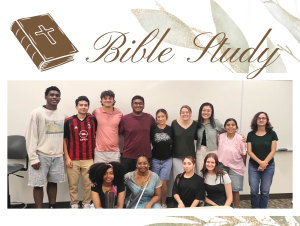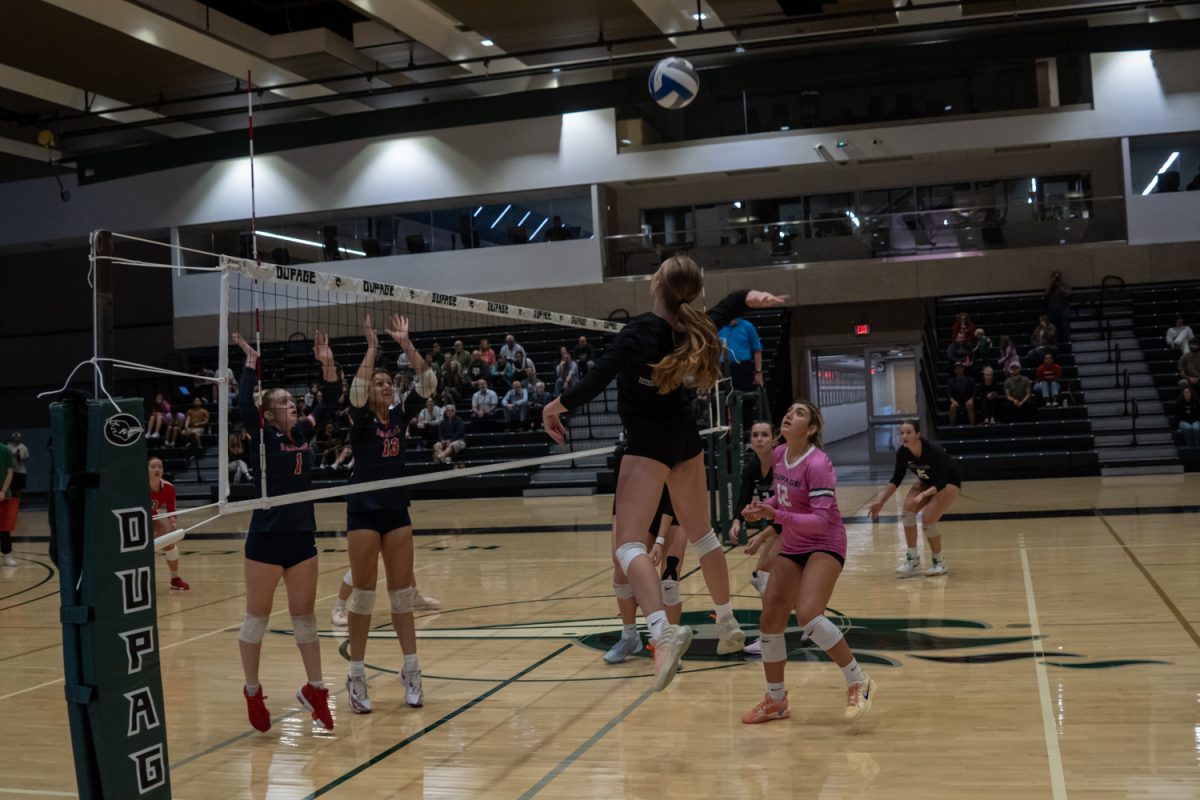Lamar Soars On ‘To Pimp A Butterfly’
March 18, 2015
After confusion over the exact release date, Kendrick Lamar’s “To Pimp A Butterfly” was put out into the world March 16. The album was heavily anticipated as Lamar has maintained a cult-like following since his 2012 critically acclaimed release “good kid, m.A.A.d city.”
When I first begun to listen to this album, I was disappointed. I felt that I had waited three years for 16 songs that sounded like an old jazz CD my father might play. I thought to myself, while Lamar was likely saying something important in the songs, it just did not sound like anything else I was used to when listening to rap music. However after listening to the album a the second time, I came to my senses. I realized that the album was not meant to be something to be played at a nightclub or played on the radio during rush hour. It was meant to be a statement and call to action. It tells the tale of one black man who was able to rise above the hatred within his community, only to see that there was even more hatred outside of it. “To Pimp A Butterfly” is a musical attempt to stress unity and love in society.
In order to properly convey his message, Lamar uses metaphors, skits, music and stellar production that all come together to birth a cohesive body of work. He also gets help from rappers like Rapsody and Snoop Dogg. As well as background vocals from Pharrell Williams and Anna Wise.
The album starts with a dreamy sample in “Wesley’s Theory,” before Lamar screams “hit me,” and a funky Flying Lotus beat drops. Lamar raps about how badly he wanted fame, and how fame feels like a girl he just wanted to sleep with, but not really love.
The second song on the album, is a brief interlude titled “For Free?”. Kendrick emotionally raps about America and the black race. “Oh America, I picked the cotton that made you rich,” Lamar shouts on the interlude.
Part of what makes Lamar’s message so easy to listen to is how vulnerable he makes himself. On “u,” he openly talks about his self-hatred and the guilt he has from making it from a place that is so broken. Lamar shouts, “loving you is complicated,” as he makes a massive realization: even with fame does not come full self-acceptance.
It is not until five songs later on “How Much Can A Dollar Cost,” when Lamar has an encounter with God himself that he fully accepts his calling as Generation X’s most influential and socially conscious rapper.
Finding his true calling, Lamar is now able to express what he wants to see. On “i,” Lamar passionately raps to encourage listeners to love themselves. On “Blacker the Berry,” Lamar asks the black community to unite and end gang violence.
As the 12-minute album closer “Mortal Man” begins to play, Lamar has truly identified his path. He recites a poem to a ghost of Tupac Shakur, in which he finally realizes what the journey of fame has taught him. “It made me wanna go back to the city and tell the homies what I learned: respect.”
Lamar ends with another poem in which he argues that his ability to transform his weaknesses into talents so eloquently about the issues that face communities like Compton. It makes him the perfect candidate to fulfill Shakur’s destiny of helping youth in the ghetto. When Lamar asks Shakur what he thinks of this notion, Shakur is unable to reply as Lamar cries out, “Pac, pac, pac?”, before the album ends.
While Shakur left Lamar’s question unanswered, there is no question: “To Pimp A Butterfly” is the best rap album of 2015 so far.



















